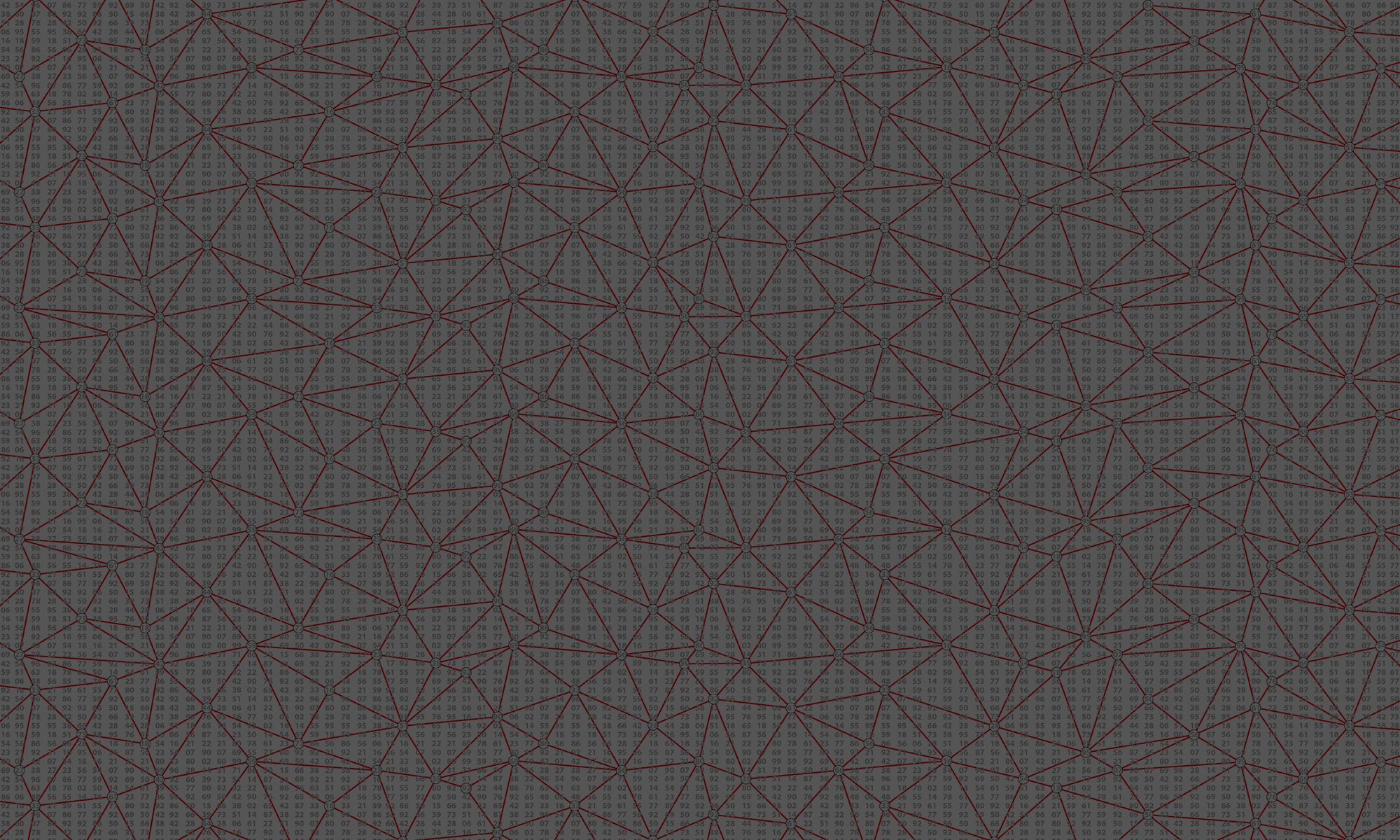In the “informational” potential included in 3D digital models obtained by laser scanner survey, several data can be processed in addition to geometric features in order to widen the application of digitization to conservation of Cultural Heritage. Among these data, the intensity value is a (potentially) powerful knowledge concerning the interpretation of surfaces. The visual-comparative analysis developed over years of experimentations demonstrate the need to target research towards comparative data, “sampling” the reflectance of different materials, measured with different sensors and in environments with different boundary conditions. If until recently the process already presented interesting research directions in terms of calibration or control of results on specific materials but difficult at a comparative level, today, thanks to new data segmentation processes and algorithmic procedures, advancements and further comparisons will be possible opening to new interpretative hypotheses. The paper explores ongoing experimentations aimed at comparing different radiometric and colorimetric data obtained by 3D surveying using different laser scanner technologies on historical surfaces, to support the identification of features directly on the 3D model. The goal is to test the link between the intensity value and materials, construction techniques, and decay pathologies, in order to use, in the future, also this parameter as a radiometric feature in machine learning segmentation and classification algorithms. The contribution develops and deepens at the application level the theoretical background and the first experiments carried out on two case studies.

Representation Advances And CHallenges association